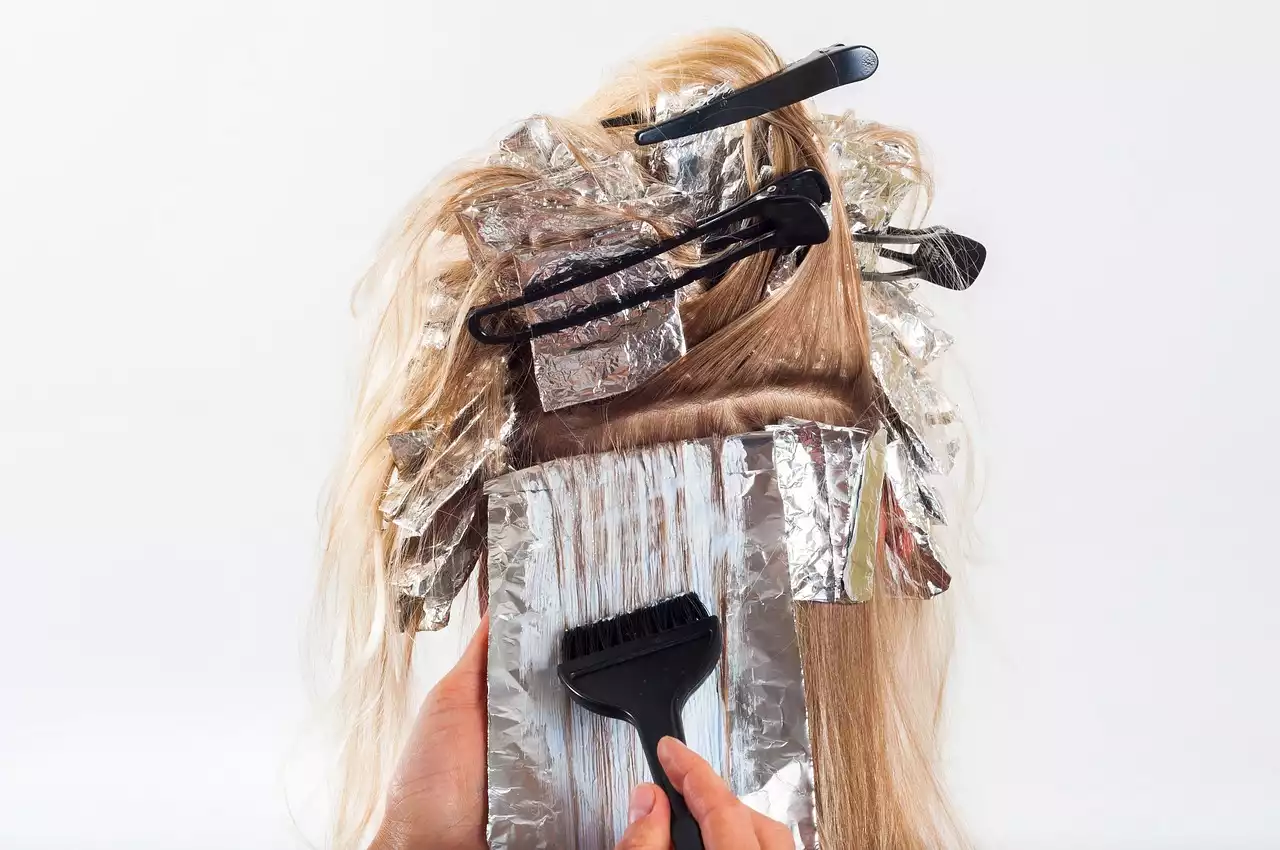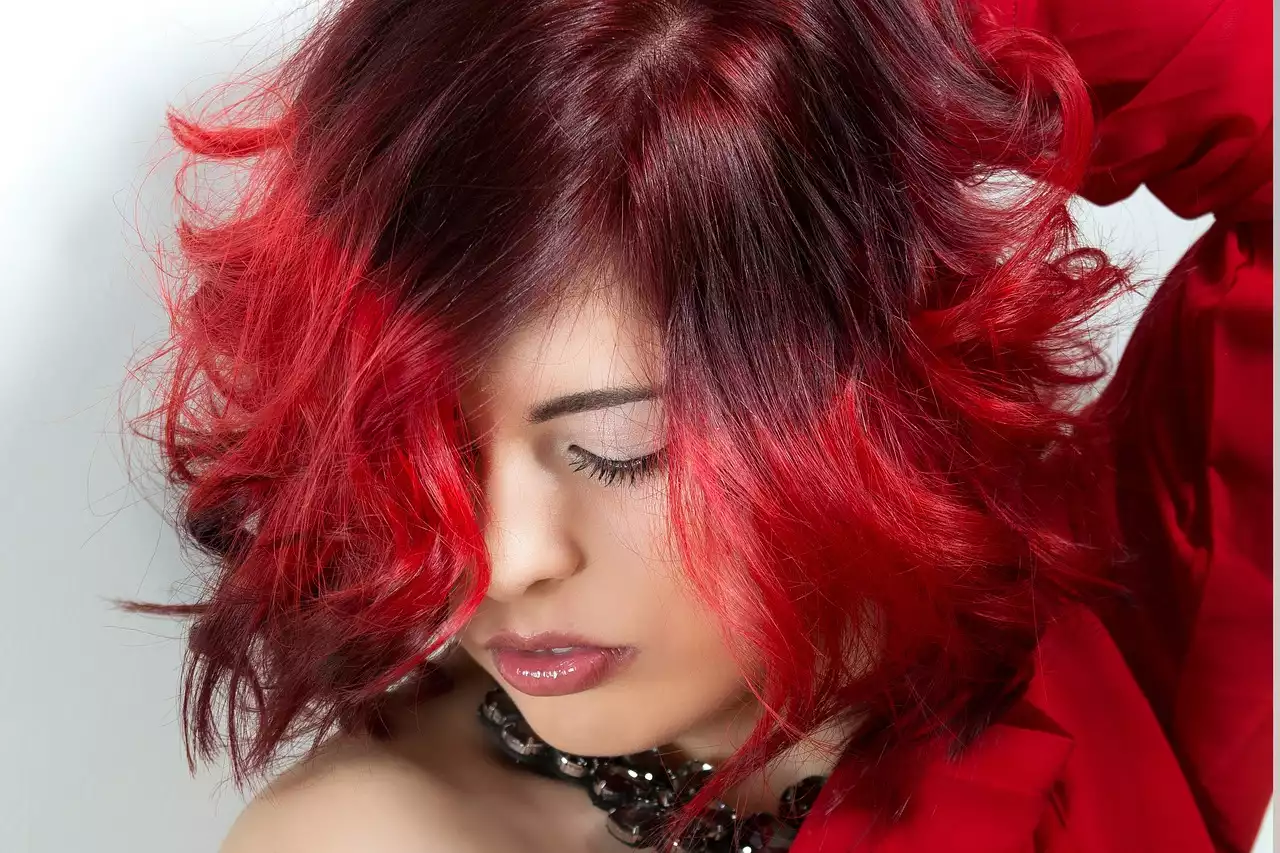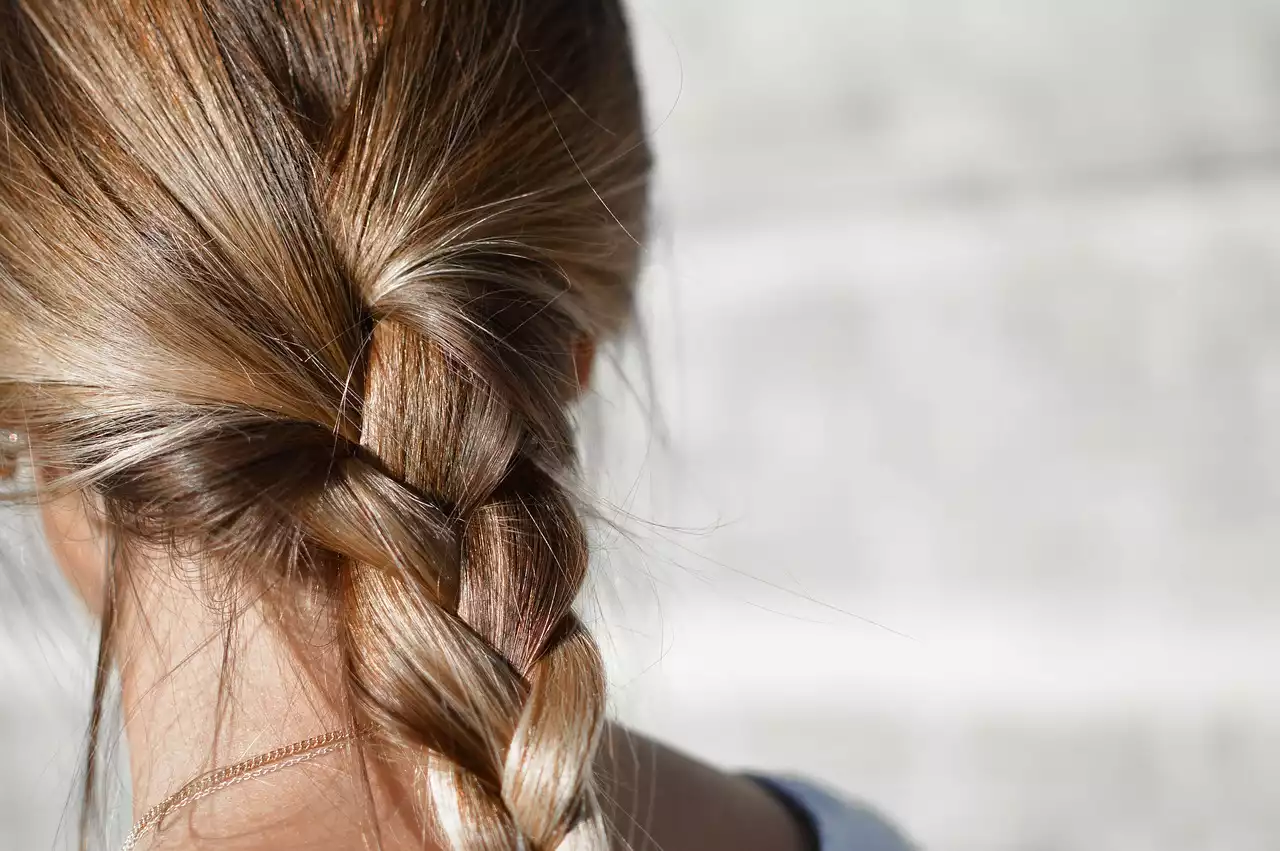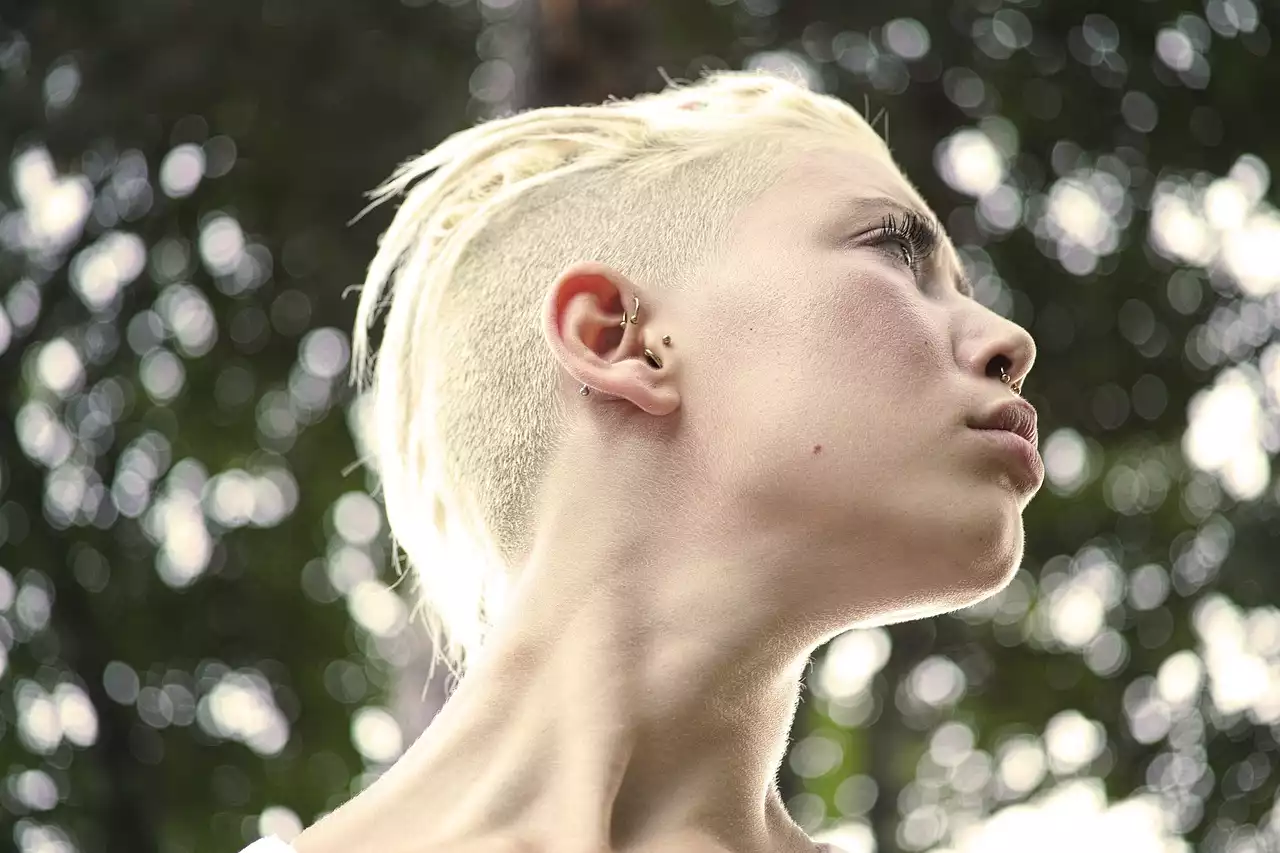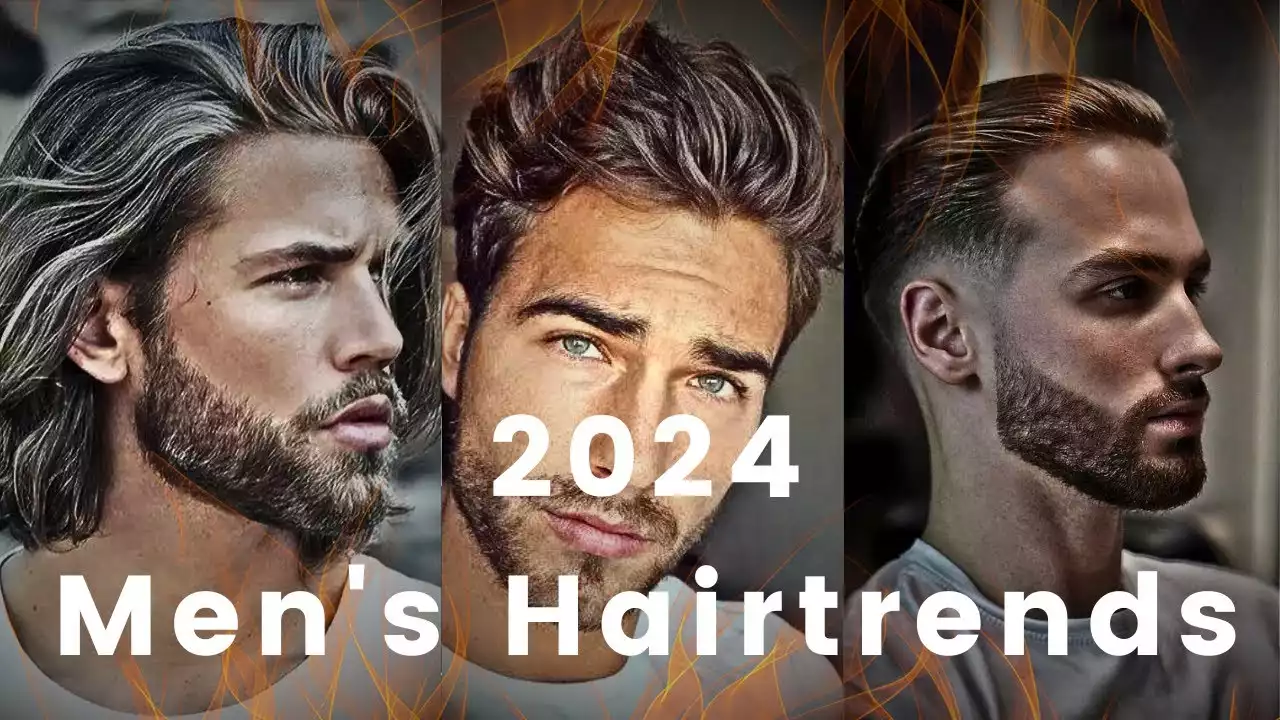Trends shaping the future of haircare
Top Salon Trends in Europe
Haircare is a dynamic industry that is constantly evolving to meet the changing needs and preferences of consumers. In recent years, we've seen a shift towards more natural and sustainable products, as well as a greater emphasis on customization and personalization. As we look ahead to 2023, there are several key trends that are expected to shape the future of haircare.
Prediction 1: Personalized haircare products
One of the biggest trends in haircare is the move towards personalized products that are tailored to the specific needs of individual consumers. This trend is being driven by advances in technology that make it possible to analyze a person's hair and scalp to determine the best products for their unique needs. By using data such as hair type, texture, and porosity, companies can create customized shampoos, conditioners, and styling products that are designed to provide optimal results.
In addition to offering better results, personalized haircare products can also improve the overall experience for consumers. By providing a customized solution, companies can create a stronger connection with their customers and build brand loyalty. This trend is expected to continue to grow in popularity over the next few years, with more companies investing in technology to create customized haircare products.
Prediction 2: Sustainable and eco-friendly haircare products
Another trend that is expected to shape the future of haircare is the move towards more sustainable and eco-friendly products. This trend is being driven by a growing awareness of the impact of consumer products on the environment, as well as a desire for more natural and organic ingredients. In response, many haircare companies are developing products that are made from sustainable materials and are packaged in eco-friendly materials.
One of the challenges of creating sustainable haircare products is finding alternatives to traditional ingredients that are effective and safe for use on hair. However, many companies are rising to the challenge by developing innovative new ingredients that are derived from natural sources and are free from harmful chemicals. This trend is expected to continue to grow over the next few years, as consumers become increasingly conscious of the environmental impact of their purchases.
Prediction 3: Haircare technology advancements
Advances in technology are also expected to play a key role in shaping the future of haircare. From new tools and devices to advanced software and algorithms, technology is being used to create more effective and efficient haircare products and services. For example, some companies are developing smart brushes that use sensors to analyze the condition of hair and provide personalized recommendations for care.
Another example of haircare technology is virtual try-on tools, which allow consumers to see how different hairstyles and colors would look on them before making a purchase. This technology is already being used by some haircare companies, and is expected to become more widespread in the coming years. Other potential advancements include haircare robots, which could provide automated hair styling and care services in salons or at home.
Prediction 4: Rise of clean beauty in haircare
Finally, the trend towards clean beauty is expected to continue to grow in the haircare industry. Clean beauty refers to products that are made from natural and organic ingredients, and are free from harmful chemicals such as parabens, sulfates, and phthalates. This trend is being driven by a growing awareness of the potential health risks associated with some traditional haircare ingredients.
Clean beauty products are already popular in other areas of the beauty industry, such as skincare and makeup, and are expected to become more prevalent in the haircare industry in the coming years. This trend is expected to be particularly popular among younger consumers, who are more likely to prioritize natural and organic products.
Innovations in haircare: What to expect by 2023
As the haircare industry continues to evolve, there are several exciting innovations that are expected to become available by 2023. These innovations have the potential to revolutionize the haircare industry and provide consumers with even more options for personalized and effective haircare.
Innovation 1: Smart hairbrushes
Smart hairbrushes are one of the most anticipated innovations in haircare. These brushes use sensors to analyze the condition of hair and provide personalized recommendations for care. For example, a smart hairbrush might recommend a specific shampoo or conditioner based on the texture and thickness of a person's hair. Some smart hairbrushes also come with companion apps that provide additional features, such as personalized styling tutorials.
$200 'Smart' Hairbrush May Revolutionize Hair Care
Innovation 2: 3D-printed haircare products
Another exciting innovation in haircare is the use of 3D printing technology to create customized haircare products. 3D printing allows companies to create products that are tailored to the specific needs of individual consumers, such as shampoos and conditioners that are formulated for a specific hair type or scalp condition. This technology also allows for greater precision in the manufacturing process, which can result in higher quality products.
Innovation 3: Haircare robots
Haircare robots are another innovation that is expected to become available by 2023. These robots would provide automated hair styling and care services in salons or at home, using advanced technology to analyze a person's hair and provide customized recommendations for care. For example, a haircare robot might be able to provide a personalized haircut based on a person's facial features and hair type.
Innovation 4: Artificial intelligence-powered haircare products
Finally, artificial intelligence (AI) is expected to become more prevalent in the haircare industry in the coming years. AI-powered haircare products would use advanced algorithms to analyze a person's hair and provide personalized recommendations for care. For example, an AI-powered shampoo might be able to adjust its formula based on changes in a person's hair texture or color.
How these innovations will benefit consumers
Hair Stories with Hair Innovations
The innovations discussed above have the potential to provide consumers with a range of benefits, including:
- Personalized solutions that are tailored to their unique needs and preferences
- More effective and efficient haircare products and services
- Greater convenience, such as automated hair styling and care services
- Higher quality products that are made from sustainable and eco-friendly materials
- Improved overall hair health and appearance
Overall, these innovations have the potential to create a more personalized and enjoyable haircare experience for consumers.
Challenges that haircare industry may face in adopting these innovations
While the future of haircare looks bright, there are also several challenges that the industry may face in adopting these innovations. Some of the key challenges include:
- High costs associated with developing and implementing new technology
- Limited consumer awareness and adoption of new products and services
- Regulatory hurdles, particularly in areas such as 3D printing and AI
- Potential for job displacement, particularly in areas such as hair styling and care services
Despite these challenges, many companies are investing heavily in the development of new haircare innovations, and are optimistic about the potential benefits for both consumers and the industry as a whole.
